Four city councilmembers — Shahana Hanif, Lincoln Restler, Rita Joseph and Crystal Hudson — want to see a center-running bus lane on Flatbush Avenue in Brooklyn, signing a letter urging the DOT to take action.
“I recognize just how much of a necessity buses are for working people, for people with disabilities, folks trying to get to their hospital, childcare center, school,” Hanif said. “We need working buses. We need fast, reliable buses.”
The city Department of Transportation proposed three types of bus lanes last spring to address slow bus speeds for the over 132,000 average daily riders along 12 bus routes that use Flatbush Avenue.
The center-running portion would run from Livingston Street to Empire Boulevard. Livingston Street itself has both a curbside and center-running lane with pedestrian islands for drop-off next to cross walks, which some riders like.
A center-running bus lane on 161st Street in the Bronx has increased speeds as much as 45%. A similar increase is much needed between Livingston Street and Atlantic Avenue, where speeds can average four miles per hour.
Advocates say center running is a win-win for riders and businesses.
“The center-running bus lanes won’t impact parking because cars can only park on that part of the corridor during off-peak hours,” Jolyse Race, a senior organizer with Riders Alliance, said. “And I think this would preserve the opportunity for a lot of loading and unloading, because trucks would have more room to stop in front of the stores they’re making deliveries too.”
Most people who patronize businesses along the corridor take public transit, according to a Riders Alliance-Pratt Center for Community Development Survey of riders and small business focus groups last year.
A DOT spokesperson said in a statement they appreciated the councilmembers’ support and added: “We have been refining our design proposal and look forward to sharing more soon with the local elected officials, community boards, and other stakeholders.”
The agency expects to have a bus lane of one type or another by summer.






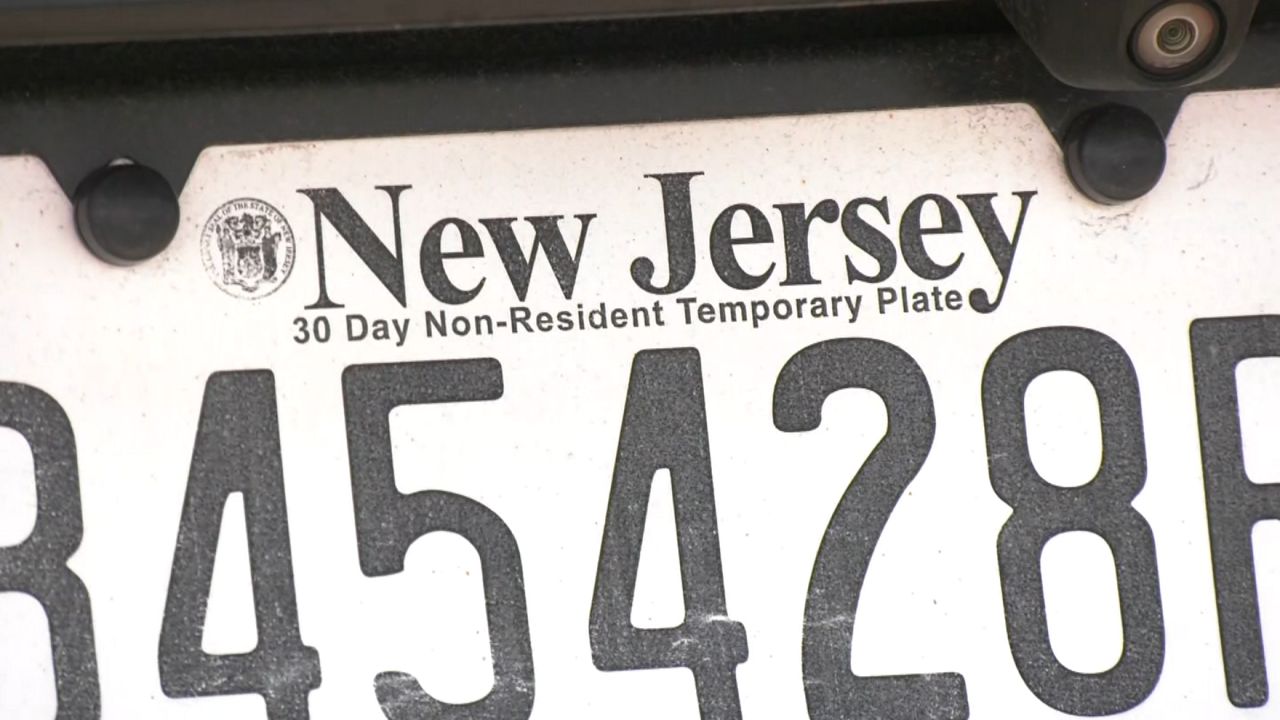
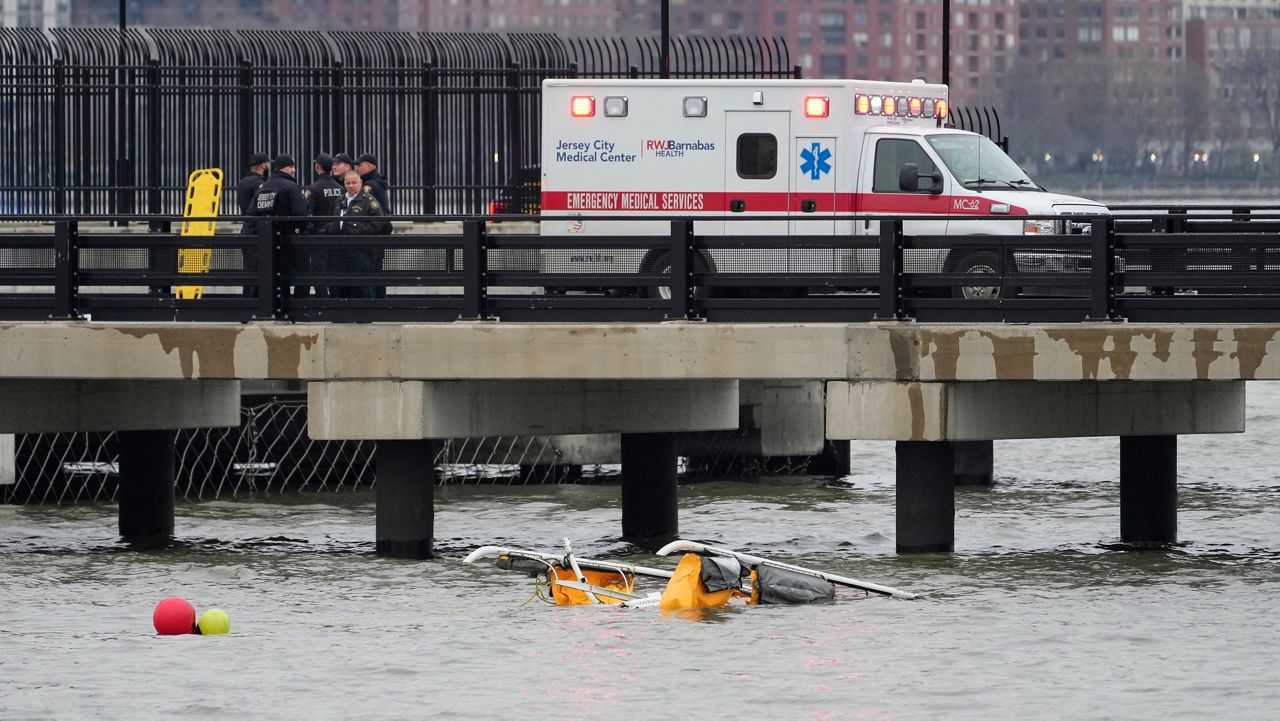
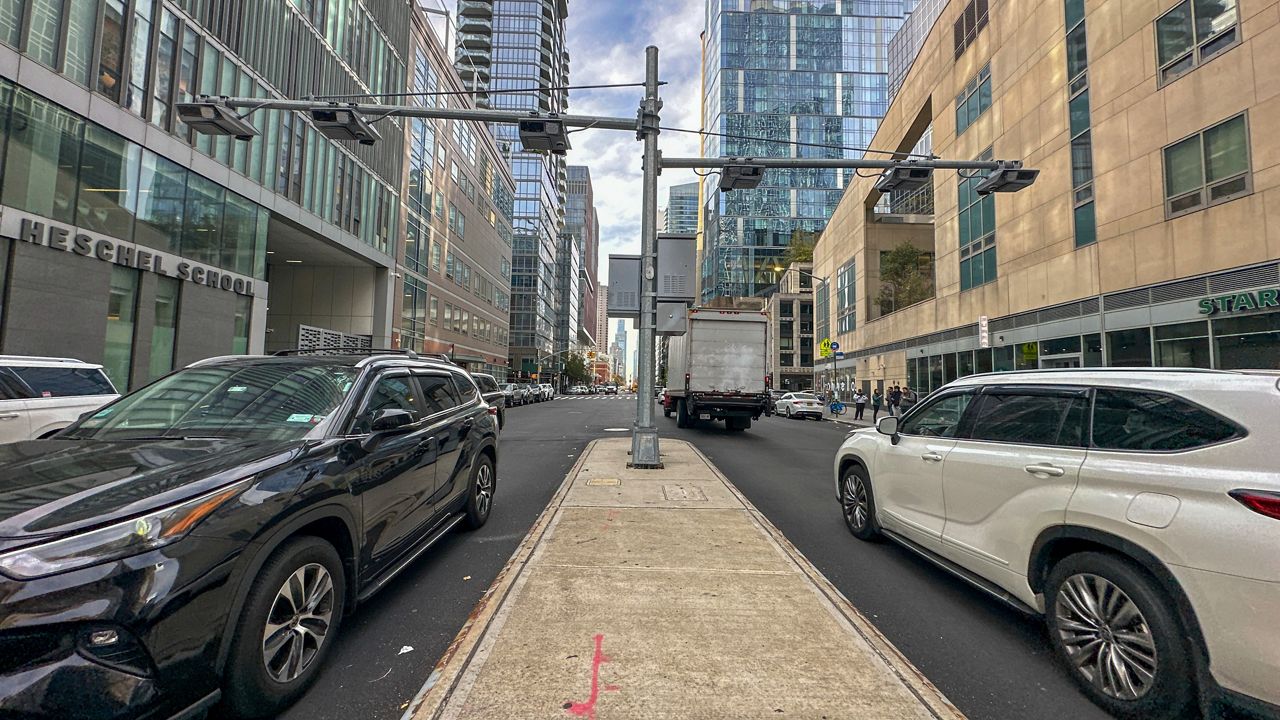
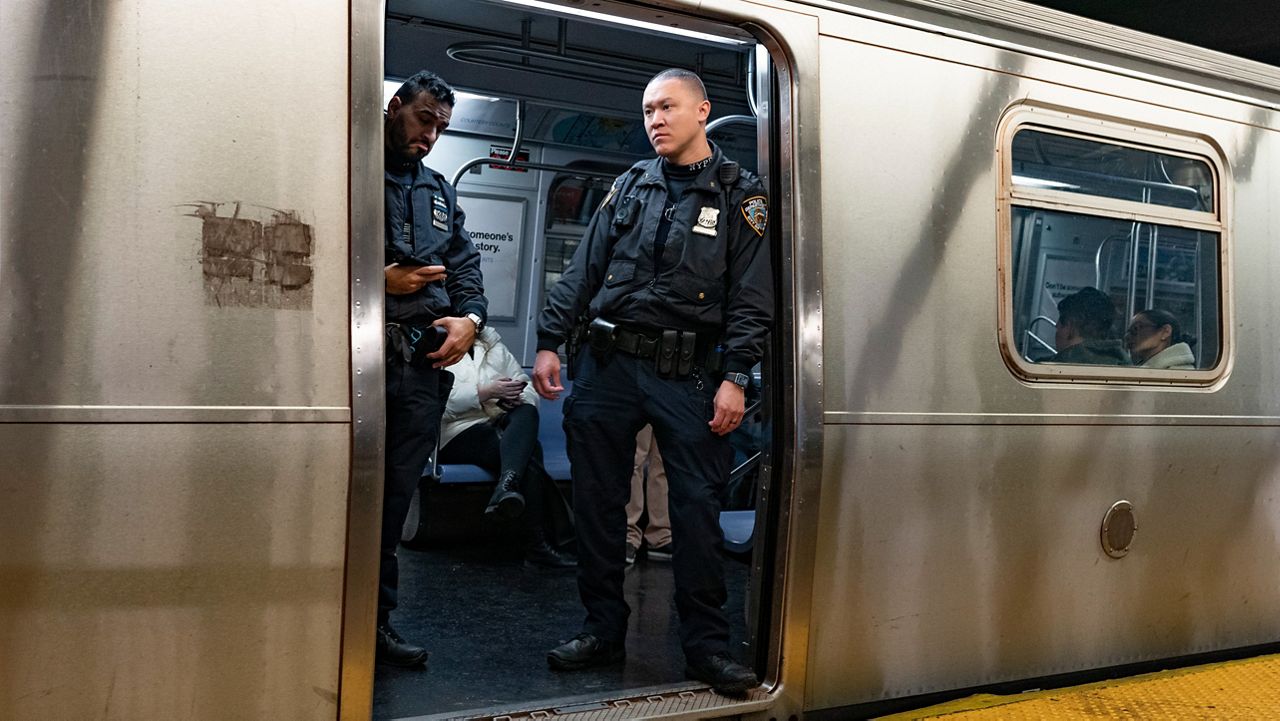
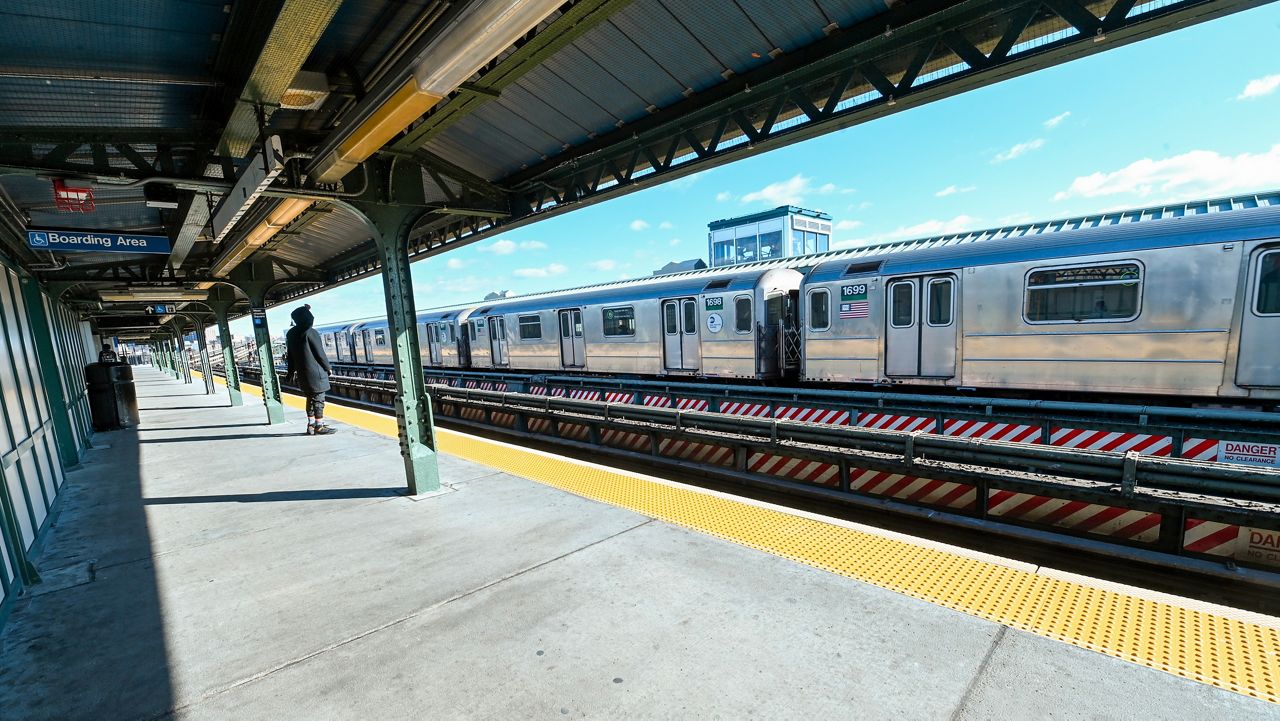
_PKG_DOT_BQE_Improvements_CG_131225588_368)